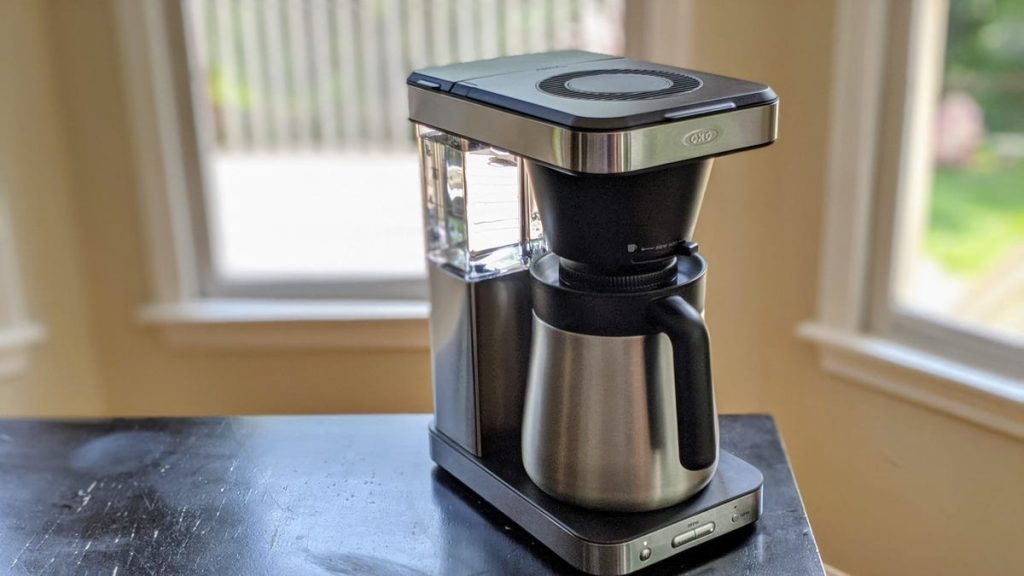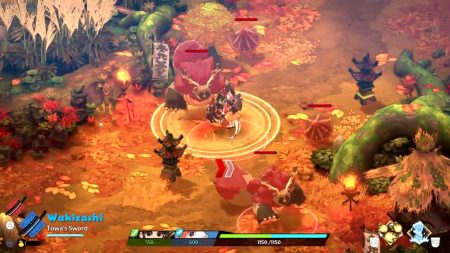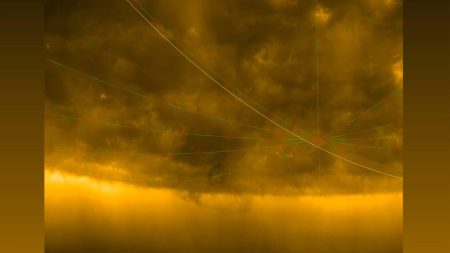Evaluating the performance of a coffee maker involves a rigorous process that extends beyond a simple taste test. The Specialty Coffee Association (SCA) has established specific criteria for optimal brewing, emphasizing two key factors: brew time and water temperature. Ideally, hot water should interact with coffee grounds for a duration between four and eight minutes, maintaining a temperature range of 197°F (92°C) to 205°F (96°C). These parameters serve as the foundation for assessing a coffee maker’s ability to produce a quality brew.
To accurately gauge a coffee maker’s adherence to these standards, a systematic approach is employed. Brew cycles are meticulously timed to ensure they fall within the prescribed four-to-eight-minute window. Simultaneously, thermocouple heat sensors, linked to industrial-grade data loggers, continuously monitor the temperature within the coffee grounds throughout the brewing process. This precise temperature monitoring ensures the water maintains the optimal temperature range for extracting the desirable flavors from the coffee grounds. This data provides crucial insights into the consistency and stability of the brewing environment.
Beyond measuring time and temperature, the analysis delves into the chemical composition of the brewed coffee. Post-brewing, samples are analyzed using an optical refractometer. This instrument measures the refractive index of the coffee liquid, which, when combined with the known quantities of water and coffee grounds used, allows for the calculation of Total Dissolved Solids (TDS). TDS represents the percentage of coffee solids dissolved in the water, essentially quantifying the strength of the brew. From the TDS percentage, the extraction percentage is derived. This critical metric, ideally falling between 18% and 20%, indicates the proportion of soluble compounds extracted from the coffee grounds.
The target extraction range of 18% to 20% is a delicate balance. Values below this range signify under-extraction, resulting in a brew that often presents as weak, sour, or lacking in complexity. Conversely, over-extraction, characterized by extraction percentages exceeding 20%, yields a bitter and harsh flavor profile. This balance highlights the importance of precise brewing parameters. Even slight deviations from the optimal temperature and time can significantly impact the final flavor and quality of the coffee.
While scientific measurements form the backbone of the evaluation process, the subjective element of taste is not disregarded. Sensory evaluation, or taste testing, complements the quantitative data. Experienced tasters assess the brewed coffee, discerning nuances of flavor and identifying any off-notes that might indicate under- or over-extraction. This combination of objective measurements and subjective sensory analysis provides a comprehensive understanding of the coffee maker’s performance.
To ensure reliability and account for potential variations, the entire brewing and analysis process is repeated a minimum of three times for each coffee maker. This repetition establishes an average performance baseline, minimizing the impact of any single anomalous result. The rigorous methodology, combining precise measurements with sensory evaluation and repeated testing, ensures a comprehensive and reliable assessment of a coffee maker’s ability to consistently produce high-quality coffee according to SCA standards. This comprehensive approach reveals the nuanced interactions between time, temperature, and extraction, ultimately determining the final cup’s quality.










